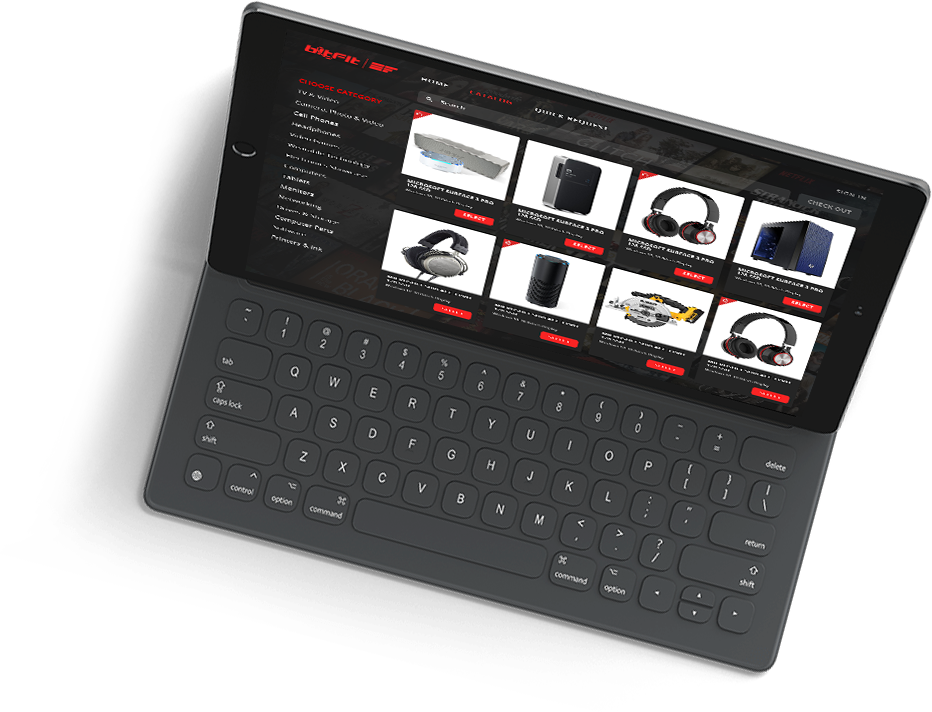
In the fast-evolving field of information technology, the role of an IT asset manager is crucial for the efficient management of technology resources. IT asset management (ITAM) involves the holistic oversight of an organization’s IT assets, including hardware, software, and information resources. IT asset managers are key players in ensuring that these assets are acquired, maintained, and disposed of in a way that maximizes value and aligns with company goals. This article delves into the essential skills needed to excel in this pivotal position.
Technical Proficiency
Understanding of IT Hardware and Software
A proficient IT asset manager must deeply understand the various components that makeup IT hardware and software. This knowledge helps in managing each asset’s lifecycle efficiently, from deployment to retirement. Familiarity with the specifications, capabilities, and optimal uses of different types of hardware and software is crucial.
Familiarity with ITAM Software
Modern ITAM relies heavily on specialized software tools to track and manage assets throughout their lifecycle. These tools can automate inventory tracking, compliance checks, and asset auditing processes. Proficiency with these tools allows asset managers to maintain accurate records and ensure efficiency in asset handling.
Cybersecurity Fundamentals
Given the increasing threats in the digital world, a fundamental understanding of cybersecurity practices is essential. IT asset managers must ensure that all assets are secure and compliant with the latest security protocols to protect organizational data and prevent breaches.
Strategic Planning and Implementation
Asset Lifecycle Management
Effective asset lifecycle management involves understanding every stage of an asset’s life – from acquisition and deployment to maintenance and disposal. IT asset managers should be adept at planning for each phase, ensuring that assets remain functional and beneficial to the organization as long as possible.
Cost Management
One of an IT asset manager’s primary responsibilities is controlling costs. This involves planning the initial purchase and considering the total cost of ownership, including maintenance, upgrades, and eventual disposal.
Policy Development
Another critical skill is developing and implementing ITAM policies that align with organizational goals. These policies set the framework for acquiring, using, and disposing of IT assets and ensure compliance and consistency in asset management across the organization.
Analytical Skills
Data Analysis
IT asset managers must be able to analyze asset data effectively. This includes interpreting usage statistics, performance metrics, and depreciation rates to make informed asset optimization and lifecycle management decisions.
Reporting
Strong reporting skills are necessary to communicate the status and health of IT assets effectively. Regular reports help stakeholders understand asset performance and guide strategic decision-making.
Problem-solving
When assets fail or do not meet organizational needs, IT asset managers must quickly identify the root causes and develop effective solutions. This requires creative problem-solving abilities and a proactive approach.
Legal and Compliance Knowledge
Software Licensing
An in-depth understanding of software licensing, including the various types of licenses and their legal implications, is crucial. IT asset managers must ensure compliance with software licenses to avoid legal risks and potential penalties.
Regulatory Compliance
It is essential to stay informed about relevant regulations, such as GDPR in Europe or HIPAA in the United States. These regulations can affect how IT assets, especially those storing sensitive information, are managed and protected.
Communication and Interpersonal Skills
Stakeholder Management
Effective communication is key in managing expectations and requirements from various stakeholders, including IT staff, vendors, and executive management. IT asset managers must be able to negotiate, persuade, and present information clearly to various audiences.
Training and Development
As technologies evolve, so must the skills of those managing them. IT asset managers should be capable of training their teams on the latest technologies and best practices in asset management.
Negotiation Skills
IT asset managers regularly negotiate with vendors for services, prices, or agreements. Strong negotiation skills help secure favorable terms, which can significantly affect the organization’s bottom line.
Leadership and Management
Project Management
Managing ITAM-related projects requires excellent organizational skills to handle timelines, resources, and deliverables effectively. This ensures that projects meet their goals and are aligned with broader business objectives.
Team Leadership
Effective leadership involves motivating team members, delegating tasks, and managing performance. A skilled IT asset manager cultivates a productive team environment that fosters growth and achievement.
Change Management
Implementing new ITAM systems or processes often requires changes at multiple levels of an organization. IT asset managers must be adept at managing change to minimize disruption and ensure a smooth transition.
Conclusion
IT asset management is a complex field that requires a diverse set of skills. By mastering these competencies, IT asset managers can significantly contribute to their organizations’ operational efficiency and strategic goals.

